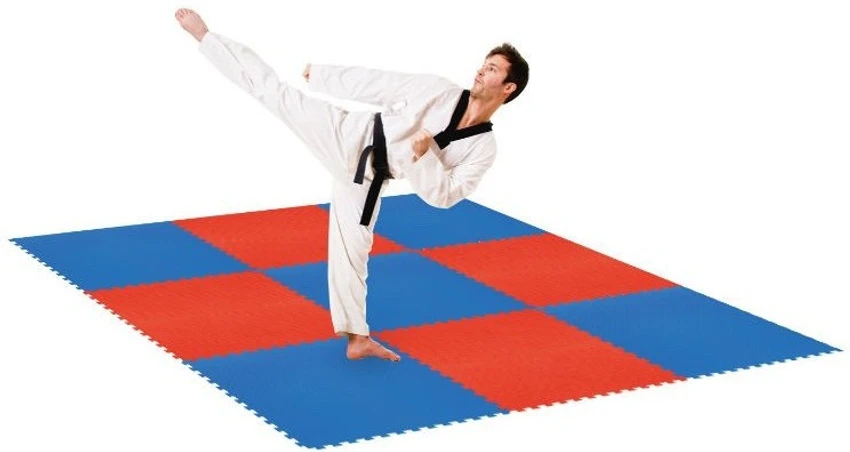In a martial arts class, the action may look fast and forceful, yet under every step is a surface designed to steady and protect. Students train throws, sweeps and grappling moves that test balance and control. The ground beneath them is more than a backdrop it’s an active element shaping confidence, safety and learning speed.
Martial arts place unique demands on flooring. Unlike sports with predictable movement patterns, these disciplines include sudden shifts, falls and joint locks. The surface must provide traction for pivots yet cushioning for impact. Too hard and injuries rise; too soft and balance falters. Achieving the right blend requires materials and design tuned to the subtle mechanics of combat training.
This is where martial art mats step in. They are built to absorb shock, distribute force and give consistent footing across an entire training area. Layers of dense foam, secure seams and textured covers combine to reduce slips while softening landings. A well-designed mat creates a sense of trust underfoot, letting students focus on technique rather than fear of injury.
Manufacturers refine thesemartial art mats using pressure mapping, impact testing and feedback from instructors. They adjust thickness, edge-locking systems and surface grain to match specific styles from judo’s heavy throws to taekwondo’s fast kicks. Some even offer modular sections so dojos can scale or reconfigure training zones as classes grow. This evolution reflects a shift away from one-size-fits-all flooring toward tailored environments for different martial disciplines.
Coaches build their lesson plans around these surfaces. Beginners learn breakfalls and rolls first, using the mat as both safety net and teaching tool. Intermediate students practise joint locks and throws with more speed, relying on consistent cushioning to refine timing. Advanced practitioners push power and precision further, confident that the surface will respond predictably to every shift in weight.
Still, no mat removes all risk. Instructors emphasise proper landing technique, controlled force and awareness of partners. They remind students that protective flooring supports practice but cannot replace discipline or self-control. This balanced mindset reduces overconfidence and helps keep training respectful and safe.
Public perception also influences mat quality. Parents enrolling children, or sponsors supporting a club, see well-maintained flooring as a sign of professionalism. A clean, securely fitted mat area reassures newcomers before their first class. It signals that the school values safety alongside skill a critical factor in building community trust.
Maintenance routines preserve that trust. Over time, foam cells compress, seams loosen and textured surfaces wear smooth. Regular inspections and timely replacements prevent hidden hazards from undermining safety. Some dojos rotate panels to spread wear evenly, extending the life of their investment. This quiet upkeep mirrors the consistency martial artists develop in their own training habits.
Innovation keeps moving. Some suppliers explore eco-friendly materials or hybrid foams that stay resilient under heavy use. Others test antimicrobial coatings or embedded sensors that record impact data to help instructors refine technique. These developments may one day turn the mat into an interactive feedback system, further blurring the line between equipment and teacher.
For students, the result is a training space where confidence grows alongside skill. They can experiment with complex moves, refine footwork and test new techniques without excessive fear of injury. By supporting both power and precision, martial art mats help transform raw practice into disciplined performance.
These mats represent more than just flooring. They embody a philosophy that values safety as the foundation of mastery. By investing in high-quality surfaces and pairing them with careful instruction, schools create environments where students of all levels can grow steadily. This partnership between surface and skill shapes the way martial arts are taught, making the ground not just a place to land but a platform for progress.

